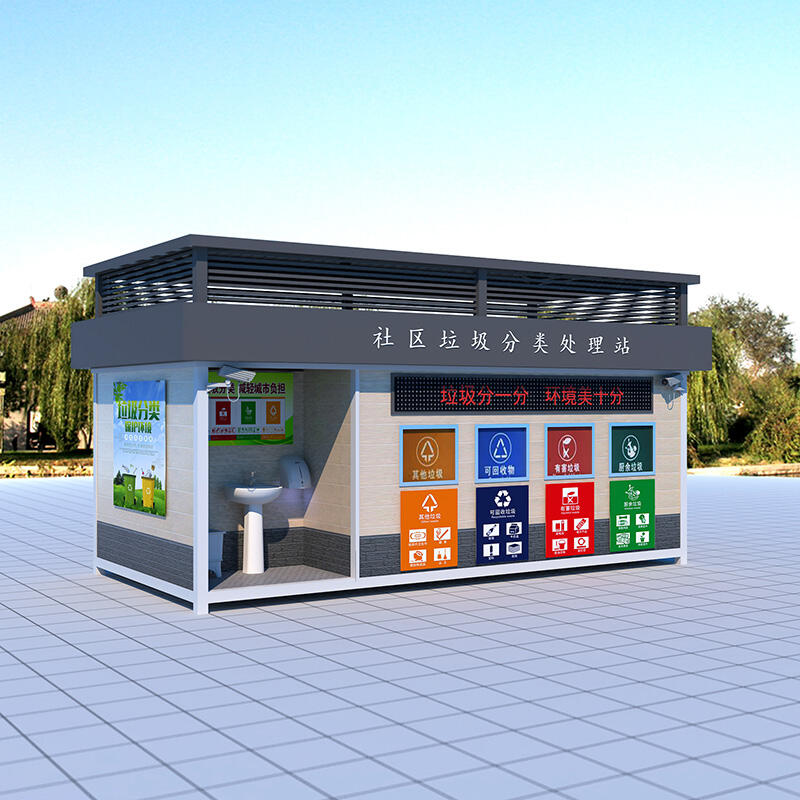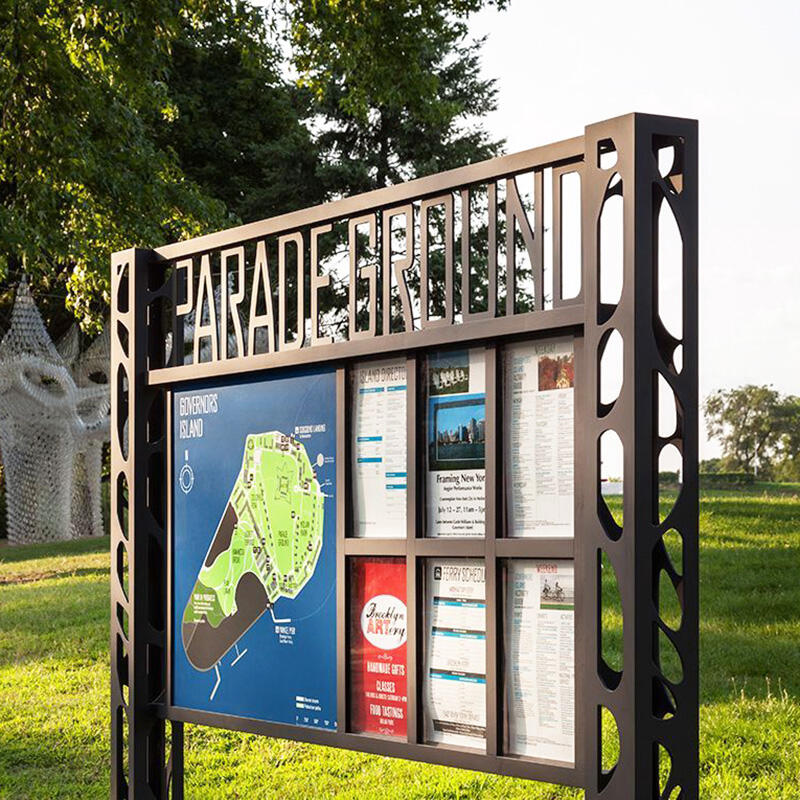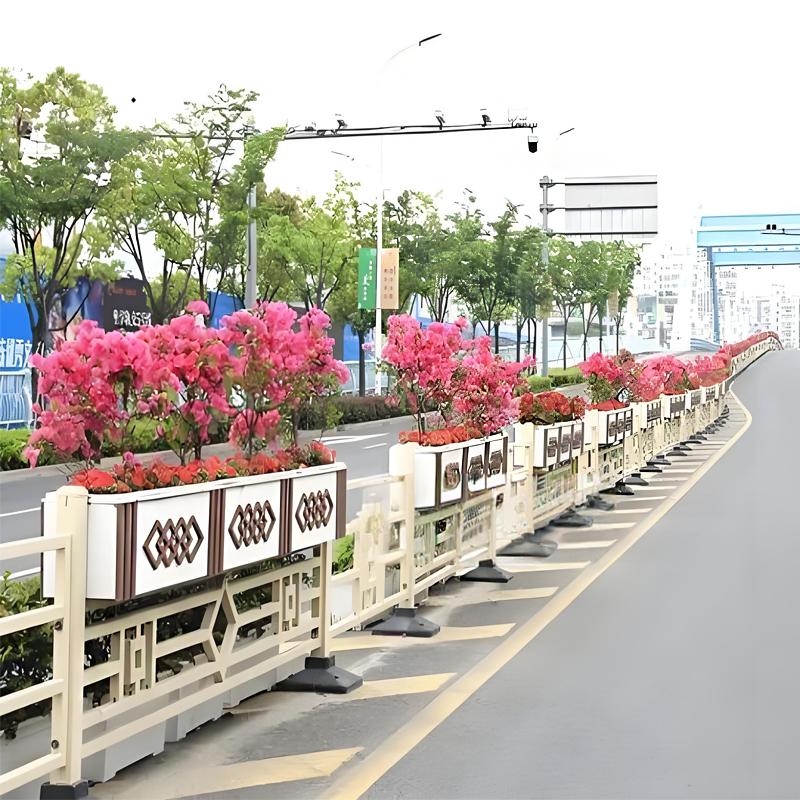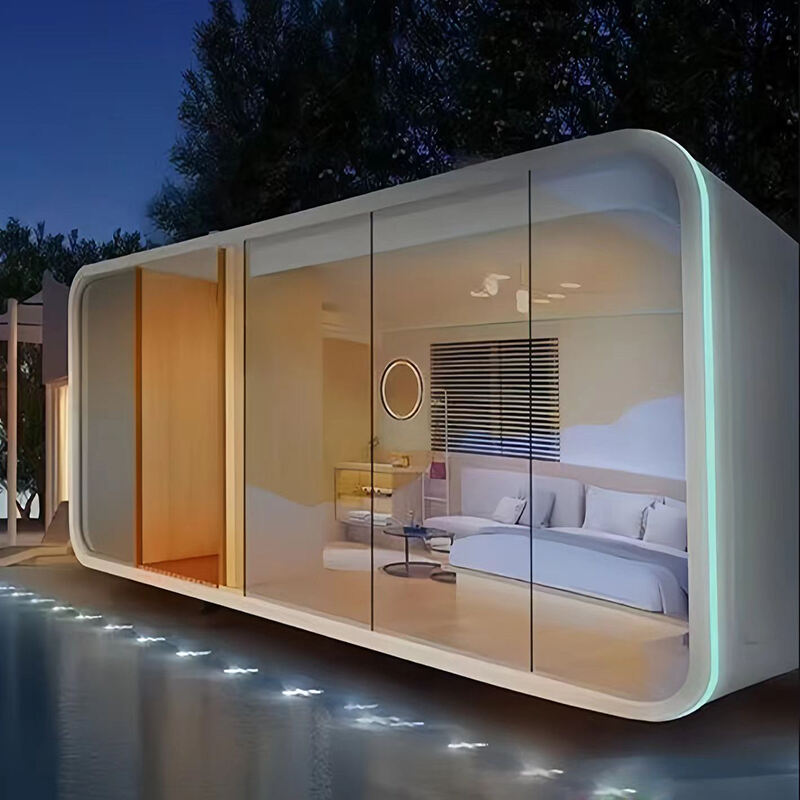The Science Behind Lighting and Sign Visibility
How Light Perception Affects Advertisement Recall
Increased light levels significantly boost advertisement recall by enhancing visibility and engagement. Studies have shown that when advertisements are well-lit, they capture more attention, as illumination helps differentiate them from their surroundings. For instance, a study published in the Journal of Environmental Psychology found that illuminated signage can enhance memory retention by up to 54%, largely due to heightened visual engagement.
Psychological theories, such as the Yerkes-Dodson Law, suggest that an optimal level of arousal, which can be induced by bright lighting, improves cognitive performance, leading to better recall. Brightness conveys importance and urgency, making illuminated signs more effective at capturing and holding the observer's attention. These signs, therefore, serve as powerful tools in ensuring that brands remain top-of-mind for potential customers.
Statistical evidence further confirms these effects. Research indicates that advertisements displayed with ideal lighting conditions can lead to an average recall rate increase of 30 to 55%. This improvement underscores the importance of strategic lighting in advertising, helping businesses secure better engagement and retention among their target audiences.
Contrast Ratios in Day vs Night Visibility
Contrast ratios play a critical role in determining the visibility of advertisements under varying lighting conditions. In both day and night environments, higher contrast ensures that the advertisement stands out clearly against its background. This is especially important for outdoor advertising signs that must be effective regardless of the time of day. According to research by OAAA, optimal contrast ratios improve visual clarity, making the message more readable and impactful in both sunlight and darkness.
Industry research suggests that a contrast ratio of at least 3:1 is effective for daytime visibility, while a minimum of 7:1 is crucial for nighttime readability of outdoor advertising billboards. These ratios enhance message comprehension by providing enough visual differentiation between text and background, a principle famously applied in successful campaigns like Coca-Cola’s illuminated billboards which maintained high readability regardless of ambient lighting.
Practically, several campaigns have effectively leveraged contrast ratios to amplify their advertising impact. For example, McDonald's uses contrasting colors on their signs that help maintain visibility by day and night. These strategic decisions ensure the ad's message is clear and engaging, which is crucial for capturing a broad audience and maximizing return on investment in public advertising sites.
Optimal Lighting Solutions for Outdoor Advertising Billboards
LED vs Neon: Modern Illumination Comparison
LED and Neon are the two primary contenders for billboard illumination, each with distinct advantages. LED lighting is renowned for its superior energy efficiency and lifespan. For instance, LEDs operate on a lower voltage, significantly reducing energy consumption compared to neon, which requires high voltage to function. The longevity of LEDs also means less frequent replacements, saving on maintenance costs over time. Moreover, LEDs provide higher brightness levels, making them ideal for creating dynamic and attention-grabbing advertising signs.
In terms of aesthetics, both LED and Neon offer unique customization options. LEDs can produce a vast array of colors due to RGB configurations, offering flexible branding opportunities. Industry experts praise LEDs for their reliability and vibrancy, making them a preferred choice for modern advertisements. However, neon is cherished for its classic, nostalgic appeal, often used in projects aiming for a retro vibe. A notable case study is the transition by Gator Ford to LEDs, which led to a 10% reduction in energy costs monthly and enhanced brightness, proving the efficacy of LEDs over traditional neon setups in advertising.
Backlit Signage Techniques for 24/7 Impact
Backlit signage ensures your message is visible around the clock, leveraging various techniques to enhance visibility. Edge-lit and panel-lit methods are popular for their ability to provide even illumination across the sign surface, thus enhancing both daytime and nighttime impact. Edge-lit signs, for example, are designed to project light through the edges of a sign, ensuring effective dispersion and visibility. Meanwhile, panel-lit techniques offer brilliant, consistent lighting without hotspots, benefiting higher visibility.
Statistics have shown that billboards utilizing backlit signage techniques enjoy increased consumer interaction. For instance, backlit signs can boost visibility by up to 30%, translating into higher engagement rates from passersby, a significant metric for advertisers. Successful examples of backlit sign designs are evident in bustling urban environments, where advertising signs with backlighting are conspicuous even from afar. This technique not only heightens the aesthetic appeal but also ensures that advertising content remains legible and appealing regardless of ambient light conditions.
Design Factors Enhancing Ad Billboard Effectiveness
Material Choices for Maximum Light Diffusion
Selecting the right materials is crucial for optimizing light diffusion in billboard construction, as it directly affects visibility. Common materials like acrylic and polycarbonate are favored for their excellent light-transmitting properties, making them suitable for high visibility and clarity in outdoor advertising billboards. Research indicates that these materials can enhance light reflection and impact, ensuring that advertising signs remain prominent even in diverse environmental conditions. Moreover, by understanding the target audience and the surrounding environment, advertisers can strategically select materials that cater to the specific needs of their campaigns. For instance, urban areas may require more durable materials that resist weather impacts, while rural settings might benefit from materials emphasizing light diffusion and visibility.
Color Psychology in Illuminated Sign Design
Colors play a powerful role in influencing viewer perception and behavior, making them a critical element in illuminated sign design. Different hues can evoke various emotions and reactions; for instance, blue tends to instill trust and calmness, while red can evoke excitement and urgency. Psychological studies emphasize the importance of aligning color choices with branding goals to enhance product recognition and consumer engagement. By strategically employing color combinations, advertisers can significantly boost the effectiveness of their signage, attracting attention and conveying messages more effectively. Successful campaigns often use contrasting colors that maximize visibility while supporting branding narratives, ensuring that potential customers easily notice and remember the advertising message.
Smart Lighting Innovations for Public Facilities
Solar-Powered Signage Systems
Solar-powered signage systems are revolutionizing the way public facilities approach outdoor advertising and informational displays by integrating sustainability and cost-effectiveness. The integration of solar panels ensures that signage operates efficiently without dependence on non-renewable energy sources, significantly reducing operational costs. According to recent statistics, facilities that have adopted solar energy for their signage have reported up to a 30% decrease in energy costs. This reduction not only benefits the facility financially but also supports environmental conservation efforts.
Additionally, numerous case studies demonstrate the success of solar-powered systems in various public settings. For instance, the implementation of solar-powered billboards in California parks has proven effective in maintaining visibility while conserving energy. The practicality and reliability of solar energy make it an attractive option for long-term advertising and public information needs, aligning with the growing trend toward sustainability in public infrastructure.
Adaptive Brightness Control Technology
Adaptive brightness control technology represents a significant advancement in lighting for public facilities by automatically adjusting illumination based on surrounding environmental conditions. This technology not only enhances efficiency but also optimizes energy usage, proving essential in maintaining visibility under varying lighting conditions. By integrating sensors that respond to ambient light levels, adaptive systems ensure consistent visibility, regardless of time or weather conditions. The energy savings associated with adaptive brightness control are noteworthy; facilities implementing these systems have documented reductions in electricity consumption by up to 20%.
Real-world examples further attest to the advantages of adaptive brightness control. For instance, airports and transit stations utilizing this technology have experienced improved passenger experience due to better visibility and lower operational costs. These facilities benefit from both enhanced attractiveness of their advertising signs and significant energy savings. As technology continues to advance, adaptive lighting solutions offer promising prospects for optimizing the effectiveness of billboard and signage systems in public spaces. This innovation complements ongoing efforts to make outdoor advertising billboards more efficient and eco-friendly, while also ensuring they remain impactful to audiences.
Installation and Regulatory Considerations
Zoning Laws for Commercial Sign Placement
When it comes to the placement of outdoor advertising billboards, navigating zoning laws is crucial. Zoning laws dictate where and how signs can be displayed, often setting restrictions based on location, size, and type to ensure community aesthetics and safety. Businesses must comply with these regulations, which may require them to follow specific application processes to obtain signage permits. Failure to comply can lead to disputes, fines, or even the removal of signage, impacting the advertising visibility and effectiveness of the billboard. For instance, a study found a significant number of sign placement disputes involve locales with strict rules, highlighting the need for careful planning and adherence to zoning laws to maintain advertising visibility and prevent legal complications.
Maintenance Protocols for Long-Term Visibility
Maintaining outdoor advertising signs is essential to ensure their long-term visibility and effectiveness. Essential maintenance practices involve regular cleanings, such as removing dirt and pollution buildup that can obscure signage and reduce vibrancy. Experts recommend adhering to industry standards, which include routine inspections to identify and rectify potential issues, such as damaged lights or fading paint. The importance of maintenance is underscored by case studies revealing decreased advertising effectiveness due to neglected upkeep, which can result in diminished visibility and customer engagement. Implementing a robust maintenance protocol not only extends the lifespan of advertising signs but also secures their role in a successful marketing strategy by ensuring that they continue to capture the attention of potential customers effectively.











